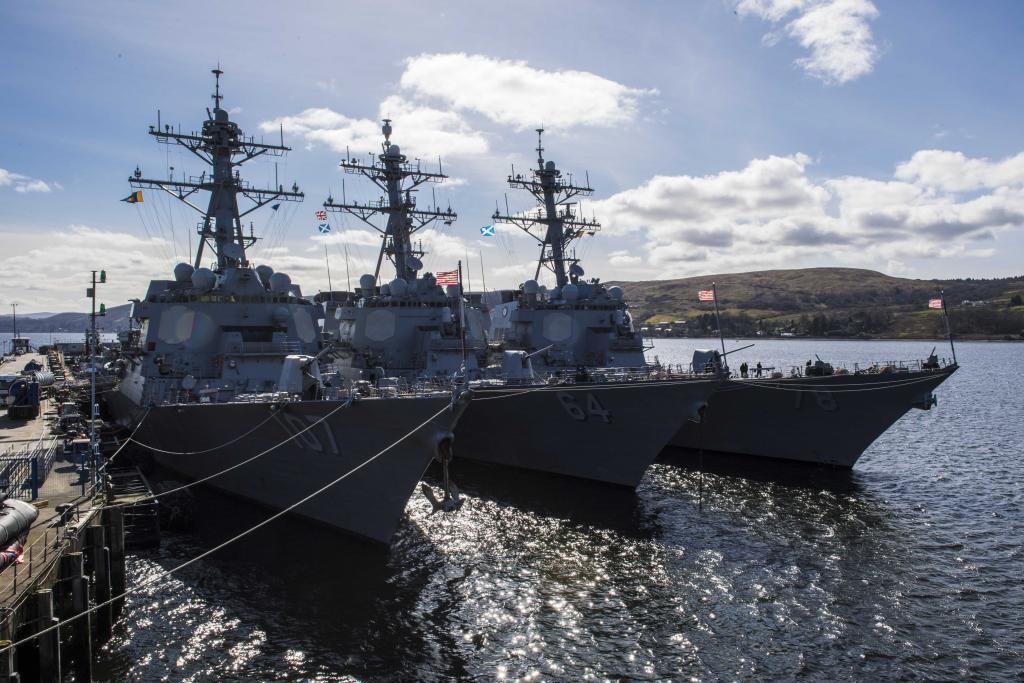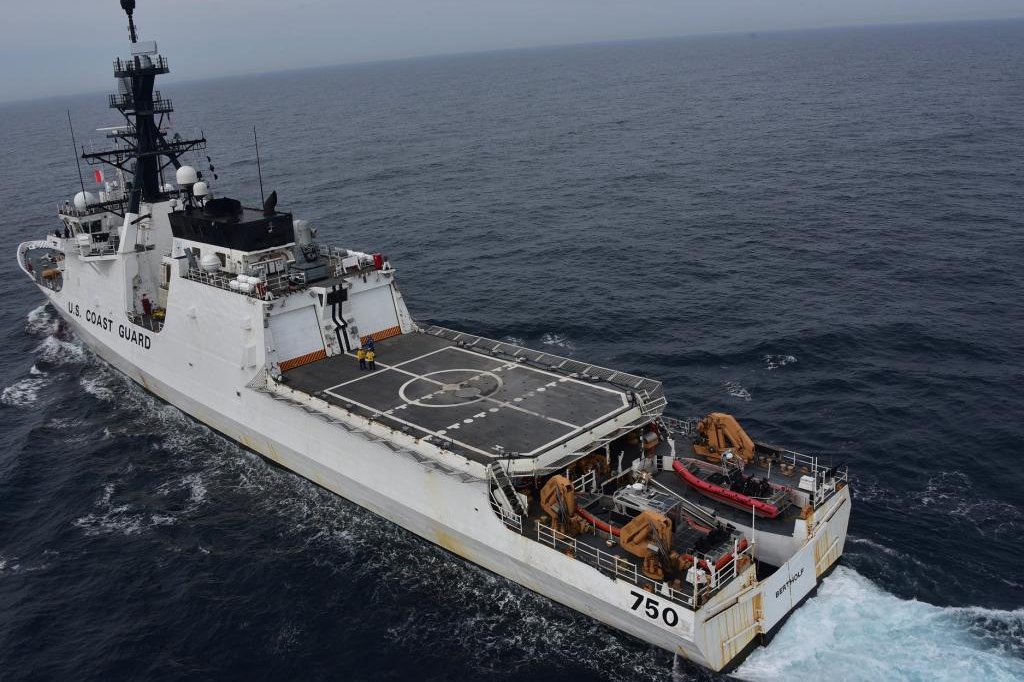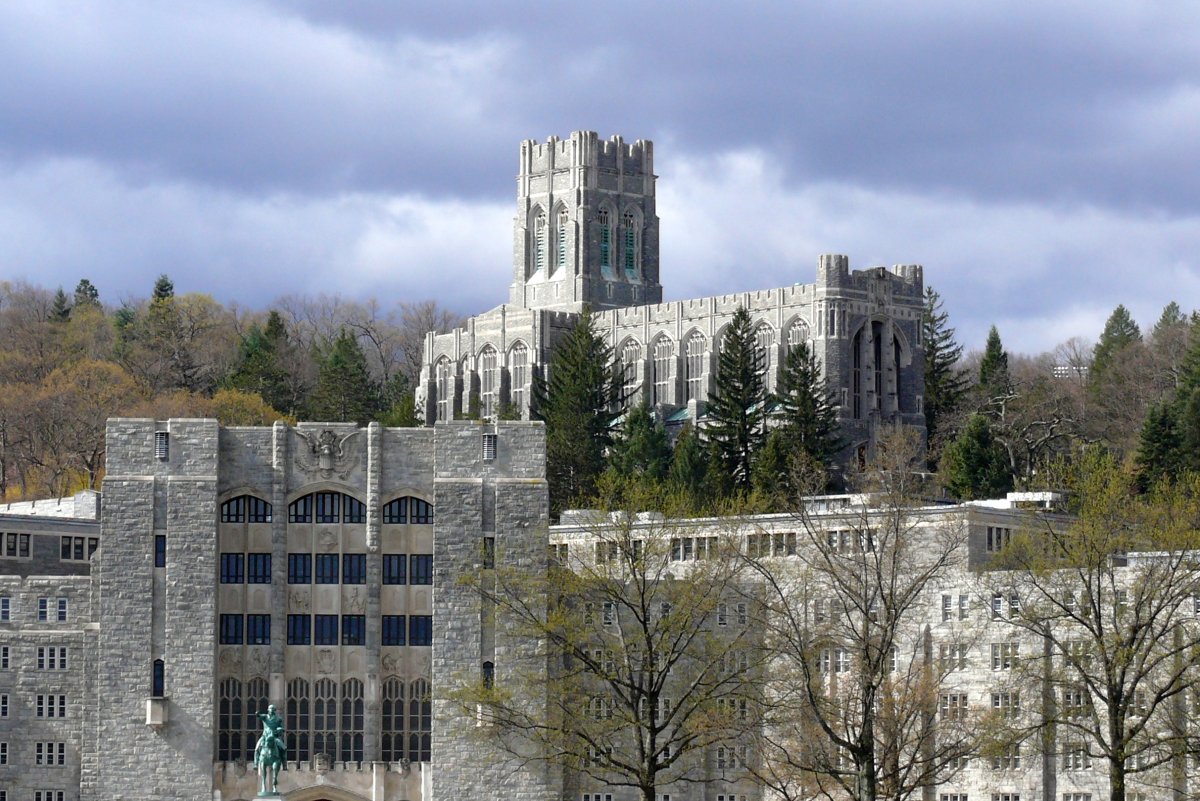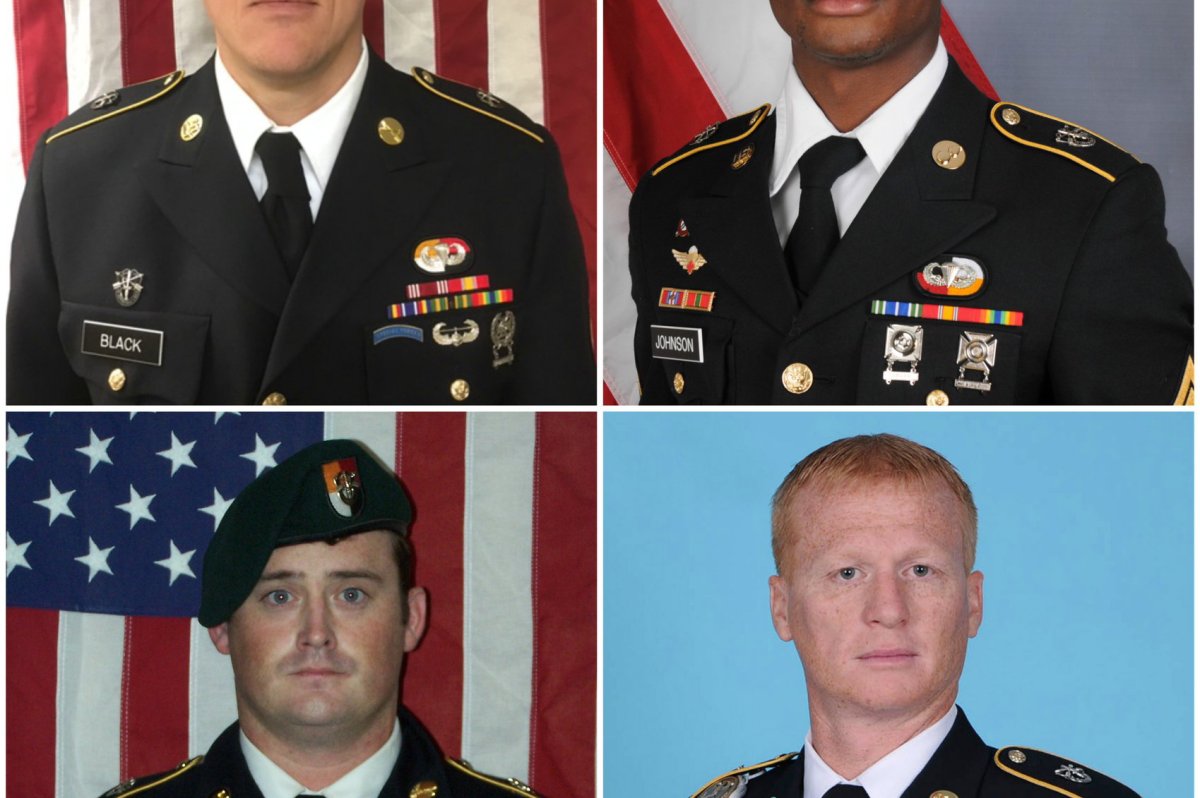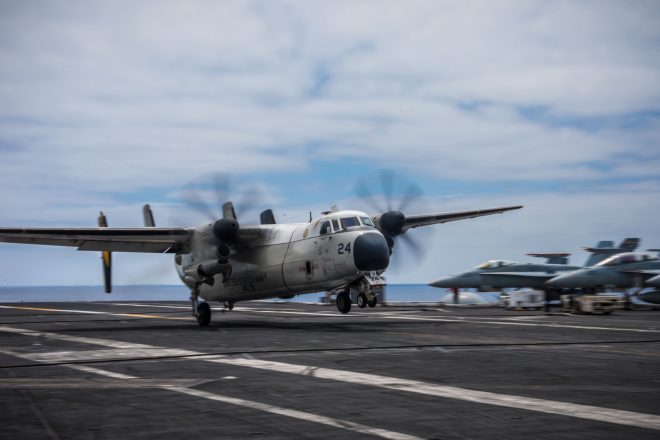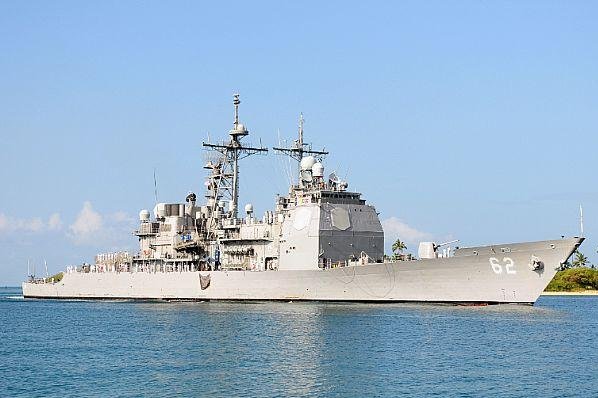Navy's F-35C Stealth Fighters Won't Fly From Troubled New Ford Class Carriers For Years
Now, lawmakers want to make it illegal for the Navy to take delivery of the next carrier in the class if it can't deploy the jets.
By Joseph Trevithick
June 4, 2019
Members of Congress want to make it illegal for the U.S. Navy to accept delivery its next
Ford-class aircraft carrier, the future USS
John F. Kennedy, unless it can launch and recover
F-35C Joint Strike Fighters. But the proposal highlights something that is perhaps more damning, that the
USS Gerald R. Ford cannot deploy those stealthy aircraft in its present configuration. This just
adds to the woes for the troubled first-in-class flattop two years after its delivery.
he House Armed Services Committee's Subcommittee on Seapower and Projection Forces included the provision in a draft of the annual defense policy bill, or National Defense Authorization Act (NDAA), for the upcoming 2020 Fiscal Year, which it
released publicly on June 3, 2019. The ship that is due to become officially named the USS
John F. Kennedy, and is also known by its hull number CVN-79, is already under construction at Newport News Shipbuilding in Virginia. Just on May 29, 2019, workers lowered the 588-ton island, which stands 72 feet tall,
into position on the deck, a major milestone that means the ship is now more than 90 percent structurally complete, though much work remains to do. The Navy expects to commission the new carrier in 2024.
"This section would require the Secretary of the Navy to ensure that the aircraft carrier to be designated CVN-79 is capable of deploying with the F-35 prior to accepting delivery," the draft NDAA text
states bluntly. It is important to note that there is no guarantee that it will be in any final version of the bill that goes to a full vote later this year or that it will become law.
But the more important thing here is that this is an admission that the
Ford herself, which the Navy officially took delivery of in May 2017, cannot, at present, can't deploy the F-35C at all. The service declared initial operational capability with this carrier-based version of the Joint Strike Fighter
in February 2019 and the jets are supposed to make
their first operational deployment aboard the
Nimitz-class USS
Carl Vinson in 2021.
The Seapower and Projection Forces Subcommittee's language doesn't say why this is the case, though Congressional staffers blamed it on previously legislated cost-cutting efforts, which legislators are also looking to repeal. In 2016, Congress demanded the Navy deliver reports on how it could try to keep the final bill for
Ford, as well as
the price tags of the other upcoming ships in the class, under control. The goal was to put a cap of no more than $11 billion on
Kennedy's ultimate cost, which it
reportedly has already exceeded.
But "CVN-79 will not be able to deploy with F-35s when it’s delivered to the Navy as a direct result of that cost cap," Seapower and Projection Forces committee staffer told reporters,
according to USNI News. "So when that cost cap was imposed, the Navy traded that capability off and chose to build that back in on the back end."
The assertion is that these funding shortfalls have delays efforts to fix a host of issues on the
Ford. When it comes to the lack of F-35 capability specifically, the most likely culprits are the Electromagnetic Aircraft Launch System (EMALS) and the Advanced Arresting Gear (AAG). These electrically-powered and electronically-controlled systems are supposed to give the
Ford-class more control over the finer aspects of the launch and recovery process. The Navy claims this will improve sortie generation rates, reduce wear and tear on aircraft, and increase reliability and safety across the board.
The War Zone has explored on
multiple occasions how both systems, in practice,
have chronically underperformed. The problems have been so persistent, that the
Ford has been unable to meet its performance targets for launching and recovering aircraft even after the Navy lowered the bar with a "
re-baselined reliability growth curve."
These issues are well known at this point and President Donald Trump has now railed
against the troubled catapults, in particular, on
more than one occasion. During a recent trip to Japan, he claimed
that may order the Navy to return to using steam catapults in future carriers. In an Email to
The War Zone, Naval Sea Systems Command declined to comment on whether this was true or if it was even exploring alternative options for any future
Ford-class ships.
Difficulties with EMALS and AAG have also resulted in delays in creating so-called "launch and recovery bulletins" that define the parameters for launching and recovering certain aircraft in certain configurations.
As of February 2019, the
Ford could only deploy
F/A-18E/F Super Hornets or
EA-18G Growlers with certain loadouts, though the Navy expected to have this issue resolved by the end of the year.
An F-35C, at right, along with an F/A-18E Super Hornet, on the deck of the USS Abraham Lincoln during tests in 2018.
It's not clear when the Navy expects to even start validating the launch and recovery bulletins for the F-35C. In 2014, the Government Accountability Office (GAO), a Congressional watchdog,
warned that
Ford-class carriers might not have the ability to deploy with the Joint Strike Fighters until 2027 at the very earliest. The report also noted that, at the time, the Navy had not included the F-35C is in land-based testing of the AAG at all.
In that same report, GAO had expressed concerns about the regular delivery of spare parts for the jets to the carrier, especially replacement engines, to ensure adequate F-35C mission capable rates, something that remains an issue for the jets,
in general. The Navy says that its new
CMV-22B Osprey tilt-rotor will be able to sufficiently replace the aging
C-2 Greyhound in the Carry Onboard Delivery (COD) role, including carrying the F-35's engine.
Of course, the EMALS, AAG, and its inability to deploy the F-35C are just some of
Ford's many woes. Just recently, the Navy admitted that not all of the ship's advanced weapon elevators, which bring ordnance and other equipment up to the main deck,
would be working by the time it returned to the fleet following a scheduled maintenance availability. The maintenance availability had already been extended due to a
separate propulsion system issue.
Ford is now not expected to return to whatever kind of duty it is capable of until at least October 2019.
As it stands now, two years after the Navy received the ship, only a pair of Ford's 11 AWEs are working. It's unclear when they all might get certified for regular use. The Navy is now planning to build a
land-based test facility for the elevators, but that won't become operational until sometime in 2020. The elevators are absolutely critical to the ship's ability to fight. In January 2019, Secretary of the Navy Richard Spencer had said Trump
should fire him if the elevator issue didn't get resolved by the end of the summer.
All of these issues – and
there are many more – can only call into question
Ford's utility in any capacity, including non-combat training and test missions. Members of Congress are clearly increasingly worried that the next ship in the class will be similarly limited. Just on June 4, 2019,
Raytheon announced the completion of the final developmental test of the carrier's integrated combat management system.
These persistent problems also come in the aftermath of a brief, but acrimonious battle between legislators and the Navy, along with the Pentagon and the White House, about the timeline
for retiring Nimitz-class carriers. The Trump Administration
has now backtracked completely on its
still puzzling proposal to retire the USS
Harry S. Truman prematurely and Congress is looking
to prevent any reversal of that decision, but at a certain point, the existing flattops will begin to age out. The Navy already needs a functional replacement for the now decommissioned one-of-a-kind
USS Enterprise.
If the Navy can't start making real progress on the
Ford program's troubles, the service risks real operational shortfalls regardless of whether or not ships can deploy the F-35C.
Now, lawmakers want to make it illegal for the Navy to take delivery of the next carrier in the class if it can't deploy the jets.

www.thedrive.com
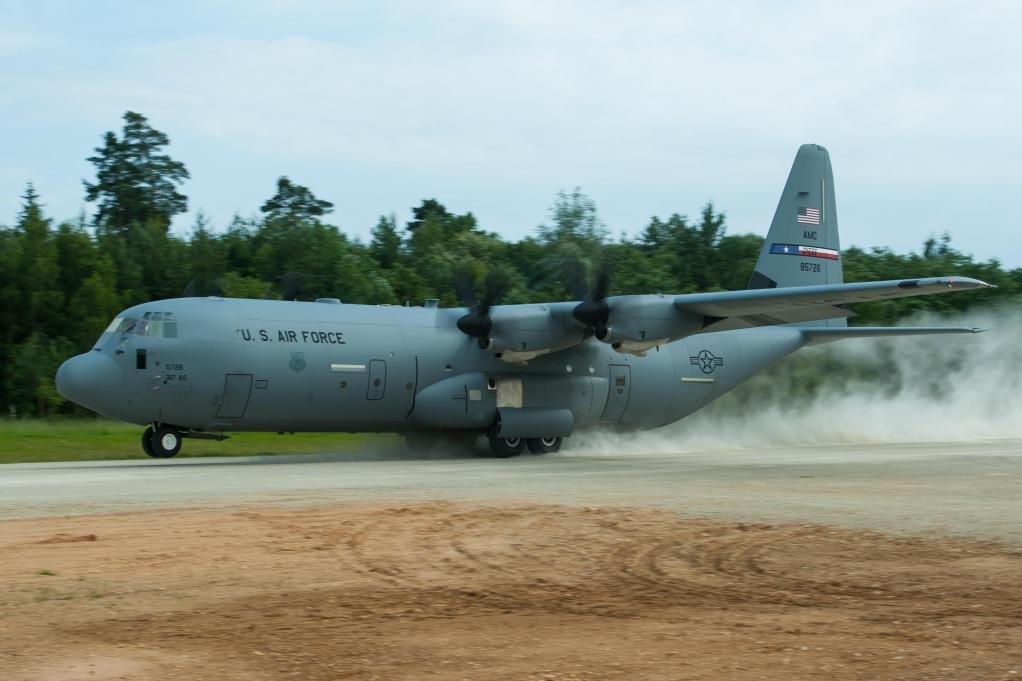
 www.upi.com
www.upi.com


